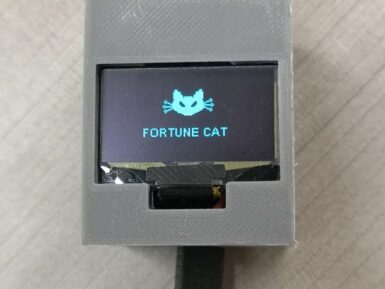
Overview
The Gravity: I2C Oxygen Sensor is based on electrochemical principles and it can measure the ambient O2 concentration accurately and conveniently. With high anti-interference ability, high stablility and high sensitivity, this arduino-compatible oxygen sensor can be widely applied to fields like portable device, air quality monitoring device, and industries, mines, warehouses and other spaces where air is not easy to circulate.
This compact dfrobot oxygen sensor supports I2C output, it can be calibrated in the air, can accurately measure the oxygen concentration in the environmentit. It is compatible with many mainboards like Arduino Uno, esp32, Raspberry Pi and so on. Its effective range is 0~25%Vol, and resolution can reach to 0.15%Vol. It supports wide range input voltage: 3.3V to 5.5V.
Moreover, the lifetime is as long as 2 years. With simple Gravity interface and practical sample code, you can build your own oxygen concentration monitor easily and conveniently.
Get Inspired

For well over one hundred years, people have been constructing machines that dispense fortunes to those who ask at the insertion of a coin and the push of a button. In modern days, this has taken the form of mobile apps that can be far more expansive, albeit with a lack of physical interaction. Seeing an opportunity to use an embedded speech recognition model in this kind of application, the Electronic Cats team built the aptly named Fortune Cat just in time for some Halloween fun. This small device, based on the Arduino Nano 33 BLE Sense, takes advantage of the onboard microphone to listen for words being spoken at the small cube. Performing the language processing is Cyberon’s Arduino Speech Recognition Engine, which was configured to listen for the wake phrase “Fortune Cat” and then later respond to “tell me my future” as its command phrase. After generating the model online, it was incorporated into the code via the DSpotter software development kit that lets the program check if either the wake or action phrase has been said and then act accordingly. In this case, asking Fortune Cat for your future will present one of 20 random phrases that get displayed on the OLED mounted to the top of the 3D-printed enclosure. To read more about how the Electronic Cats crew created and configured Fortune Cat, you can check out their write-up here on Hackster.io or watch their video below!








